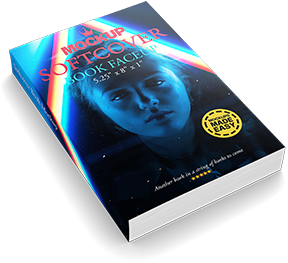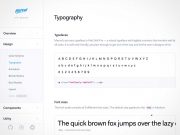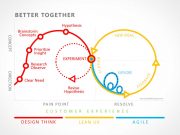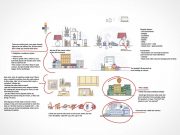Brands as Patterns
Brands as Patterns
We all know that brands are increasingly accessed digitally, but a less considered consequence is that the interface through which a brand is accessed has become a primary identity element. This requires that a brand’s “identity” should not only be defined statically or dynamically, but also iteratively through successive release and behaviorally through interactions. Through this iterative interaction, the brand becomes a constantly shifting relationship between the company and its customers. Through the interface the customer assumes the right to some control, ownership, and authorship of the brand.As the digital world evolves, the customer’s ability to inform the brand will outstrip the company’s ability to control it. As a result, the brand is no longer the proprietary tool for the company that founded it, but an ongoing negotiation among the founding company, its own workforce, and the customers who have invested in the end product. The added dimension of interface reveals an unparalleled breadth of a brand’s characteristics and gives access that is perpetual and immediate. Therefore, the customer expects the brand to be as responsive and real-time as any medium through which it is accessed, while maintaining consistency no matter how it is experienced.











